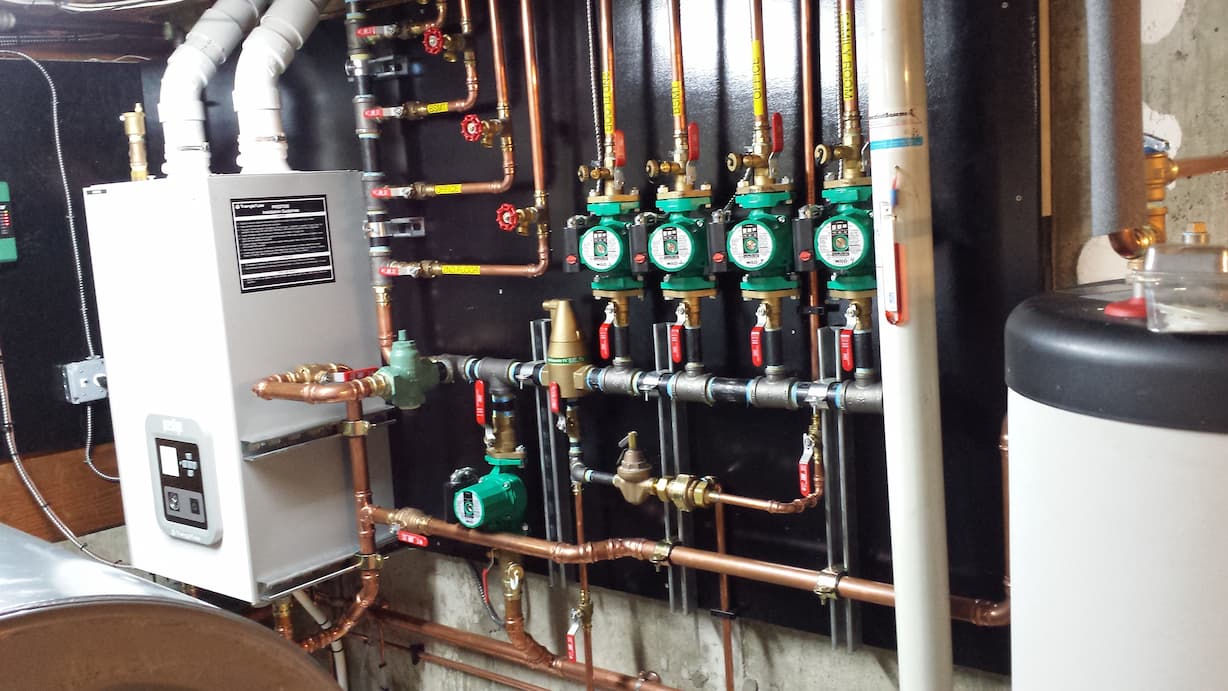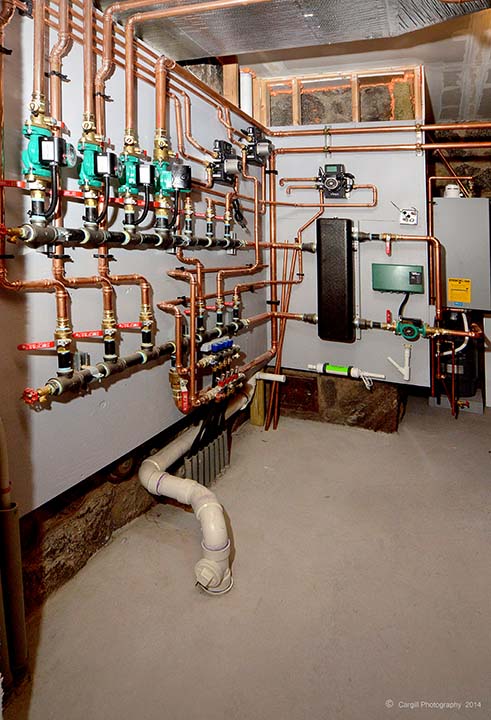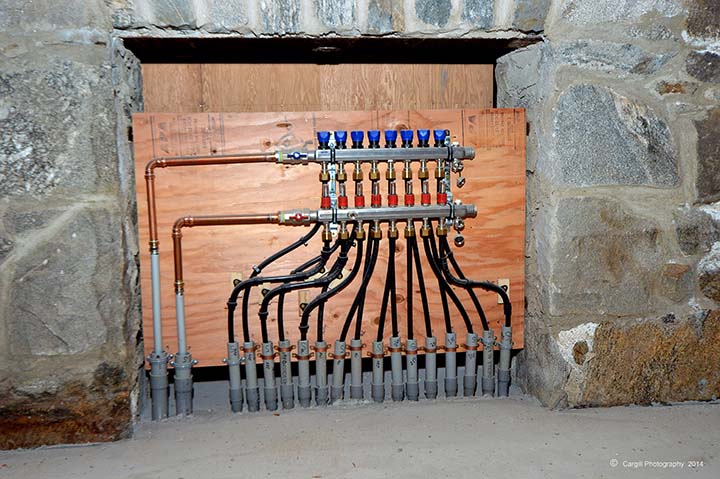Heating
Your CT Heating Experts
Heating Services We Provide
Whether it’s a residential or commercial property, a heating system is vital. Without it, you can look forward to abnormally low indoor temperatures, as well as heighten the chance of a potentially dangerous situation to occur (e.g., frozen plumbing pipes).
If you’re looking for a reliable heating company in Fairfield, CT, and the surrounding areas, we’re the business for you. Some of our heating services include:
Heating Repair
Is your furnace on the fritz? If so, whether it’s a residential or commercial system, our expert team of heating repair technicians can help save the day.
Heating Replacement
Does your residence or commercial building need a heating system replacement? Whether your current system has seen better days or you’re looking to switch to a new, efficient design, we can lend a helping hand.
New Heating System Installation
Are you looking to install your first heating system in a new home or business? Count on our team of certified HVAC technicians to get the job done efficiently while providing you with the utmost peace of mind.
Heating Maintenance
To keep your heating system functioning in tip-top shape for the years to come, it’s essential to schedule annual maintenance appointments with our technicians at least once a year.
For All Heating & Furnace Repairs – Call Argus Air Systems Inc.






Heating Systems
Heating System Types
Here are some of the most popular systems that we install, repair, and maintain:
Distribution-Water/Steam
In the case of heated water or steam, piping is used to transport the heat to the rooms. Most modern hot water boiler heating systems have a circulator, which is a pump, to move hot water through the distribution system (as opposed to older gravity-fed systems).
The heat can be transferred to the surrounding air using radiators, hot water coils (hydro-air), or other heat exchangers.
The radiators may be mounted on walls or installed within the floor to give the floor heat. The use of water as the heat transfer medium is known as Hydronics. The heated water can also supply an auxiliary heat exchanger to supply hot water for bathing and washing.
Forced Hot Air
Warm air systems distribute the heated air through ductwork systems of supply and return air through metal or fiberglass ducts. Many systems use the same ducts to circulate air cooled by an evaporator coil for air conditioning. The air supply is typically filtered through air cleaners to remove dust and pollen particles.
Gas
A gas furnace, or forced-air heating system, reacts when the room air temperature drops below your programmed setting on the thermostat. The silicon nitride igniter lights a burner inside the combustion chamber.
The combustion gases used to create the heat are vented through a flue in the roof or wall. The heat produced is then pushed into the heat exchanger, where the air is then heated. This newly heated air moves through the ductwork and into the house’s rooms.
The air supply is typically filtered through air cleaners to remove dust and pollen particles.
Oil
Oil is fed into the furnace from a storage tank, where it is converted into a mist, sprayed through the blast tube, and ignited. It burns quite efficiently thanks to the small droplets mixed with the air.
The combusted gases depart through a flue or chimney while the flame warms the air within a heat exchanger. To remove dust and pollen particles from the air supply, air cleaners are commonly used.
Water Heating
Active indirect water heater: Circulating hot water can be used for central heating. Sometimes these systems are called hydronic heating systems:
- Common components of a central heating system using water-circulation include:
- A supply of fuel, electric power, gas, or oil
- A Boiler that heats water in the system
- Pump to circulate the water
- Radiators are wall-mounted panels through which the heated water passes in order to release heat into rooms or radiant floor tubing
The circulating water systems use a closed-loop; the same water is heated and reheated. A sealed system provides a form of central heating in which the water used for heating circulates independently of the building’s normal water supply. An expansion tank contains compressed gas, separated from the sealed-system water by a diaphragm. This allows for normal variations of pressure in the system. A safety valve allows water to escape from the system when the pressure becomes too high, and a valve can open to replenish water from the normal water supply if the pressure drops too low.
Hydronic radiant floor heating systems use a boiler or district heating to heat water and a pump to circulate the hot water in plastic pipes installed in a concrete slab. The pipes, embedded in the floor, carry heated water that conducts warmth to the surface of the floor, where it broadcasts heat energy to the room above. Hydronic heating systems are also used with antifreeze solutions in ice and snowmelt systems for walkways, parking lots, and streets.
They are more commonly used in commercial and whole house radiant floor heat projects, whereas electric radiant heat systems are more commonly used in smaller “spot warming” applications.
Heat Pumps
In mild climates, an air source heat pump can air-condition the building during hot weather and warm the building using heat extracted from the outdoor air in cold weather. Air-source heat pumps are generally uneconomic for outdoor temperatures much below freezing.
In colder climates, geothermal heat pumps can be used to extract heat from the ground. For the economy, these systems are designed for average low winter temperatures and use supplemental heating for extreme low-temperature conditions. The advantage of the heat pump is that it reduces the purchased energy required for building heating; often, geothermal source systems also supply domestic hot water.
Even in places where fossil fuels provide the most electricity, a geothermal system may offset greenhouse gas production since most of the heat is supplied from the surrounding environment, with only 15–30% as electrical consumption.

